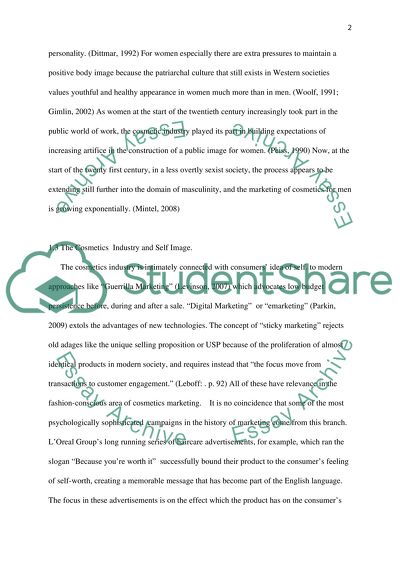Cite this document
(“Effect of Cosmetic Marketing on Consumers individual self image Dissertation”, n.d.)
Retrieved from https://studentshare.org/family-consumer-science/1408900-effect-of-cosmetic-marketing-on-consumers
Retrieved from https://studentshare.org/family-consumer-science/1408900-effect-of-cosmetic-marketing-on-consumers
(Effect of Cosmetic Marketing on Consumers Individual Self Image Dissertation)
https://studentshare.org/family-consumer-science/1408900-effect-of-cosmetic-marketing-on-consumers.
https://studentshare.org/family-consumer-science/1408900-effect-of-cosmetic-marketing-on-consumers.
“Effect of Cosmetic Marketing on Consumers Individual Self Image Dissertation”, n.d. https://studentshare.org/family-consumer-science/1408900-effect-of-cosmetic-marketing-on-consumers.


